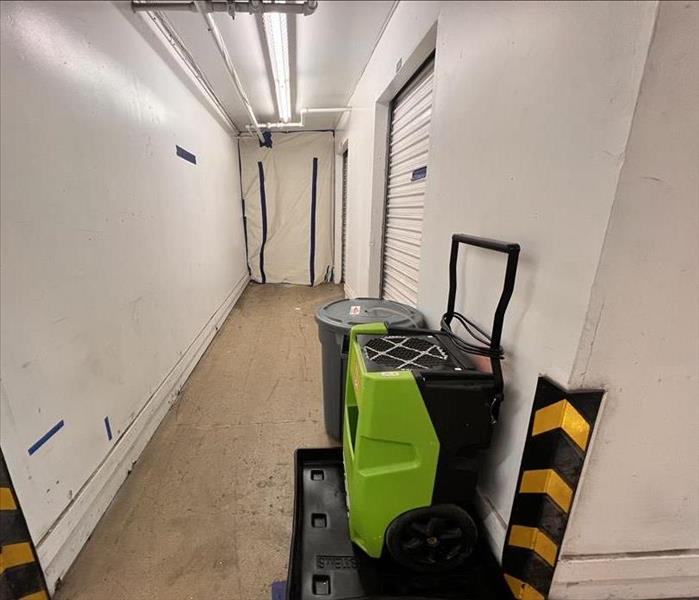Mold in Your Basement: Causes and Remediation Strategies
3/13/2024 (Permalink)
 In this blog, we will explore why mold may occur in basements and provide tips on how to remediate mold effectively.
In this blog, we will explore why mold may occur in basements and provide tips on how to remediate mold effectively.
Discovering mold in your basement can be a concerning issue. While mold growth poses potential risks to your property, it is important to understand the causes and effective remediation strategies for addressing mold in your basement. In this blog, we will explore why mold may occur in basements and provide tips on how to remediate mold effectively.
Causes of Mold in Basements
Basements are prone to mold growth due to several contributing factors. Understanding these causes can help in preventing mold in the first place. Here are some common causes of mold in basements:
- Moisture Intrusion: Excessive moisture in the form of water leaks or seepage is one of the primary culprits behind mold growth in basements. Leaky pipes, foundation cracks, or floods can introduce moisture into the basement, creating an ideal environment for mold to thrive.
- Poor Ventilation: Inadequate air circulation and ventilation in basements trap moisture, increasing the humidity levels. Higher humidity provides the necessary conditions for mold growth.
- Dampness and Condensation: Basements tend to be cooler than the rest of the house, making them more prone to condensation. When warm air comes into contact with cooler surfaces, such as walls or pipes, condensation can occur, creating a moist environment suitable for mold growth.
Remediation Strategies
If you discover mold in your basement, prompt action is crucial to prevent further damage. Here are some effective remediation strategies to tackle the issue:
- Identify and Fix the Source of Moisture: Start by locating and addressing any sources of moisture intrusion in your basement. Repair pipe leaks, seal foundation cracks, and address any other issues causing moisture to enter your basement. This step is vital to prevent recurring mold growth.
- Improve Ventilation: Enhance the airflow in your basement by using fans or opening windows. Consider installing an exhaust fan or a dehumidifier specifically designed for basements to help reduce humidity levels.
- Remove Mold-Infested Materials: If there are porous materials like carpets, drywall, or insulation that have been extensively affected by mold, it may be necessary to remove and replace them to eliminate mold completely.
- Clean and Disinfect: For mold growth on solid surfaces, use a solution of one part white vinegar to three parts water or a commercial mold cleaner recommended for use in basements. Scrub the affected areas thoroughly, ensuring all visible mold growth is removed.
- Dry Thoroughly: After cleaning, make sure to dry the basement entirely to prevent future mold growth. Use fans, dehumidifiers, and open windows to promote airflow and remove any lingering moisture.
- Consult Professionals: If the mold growth is extensive or if you are unsure about the proper remediation process, consult professionals like SERVPRO® who specialize in mold restoration services. They have the expertise, equipment, and techniques to handle severe cases of mold in basements, ensuring effective remediation.
Understanding the causes and implementing appropriate remediation strategies are vital steps in addressing mold in your basement. By identifying and rectifying the sources of moisture intrusion, improving ventilation, and taking prompt action to remove mold growth, you can restore your basement and prevent further damage. Remember, prevention is key, so regularly inspect your basement for any signs of moisture or mold and address issues promptly to maintain a healthy and mold-free environment.





 24/7 Emergency Service
24/7 Emergency Service